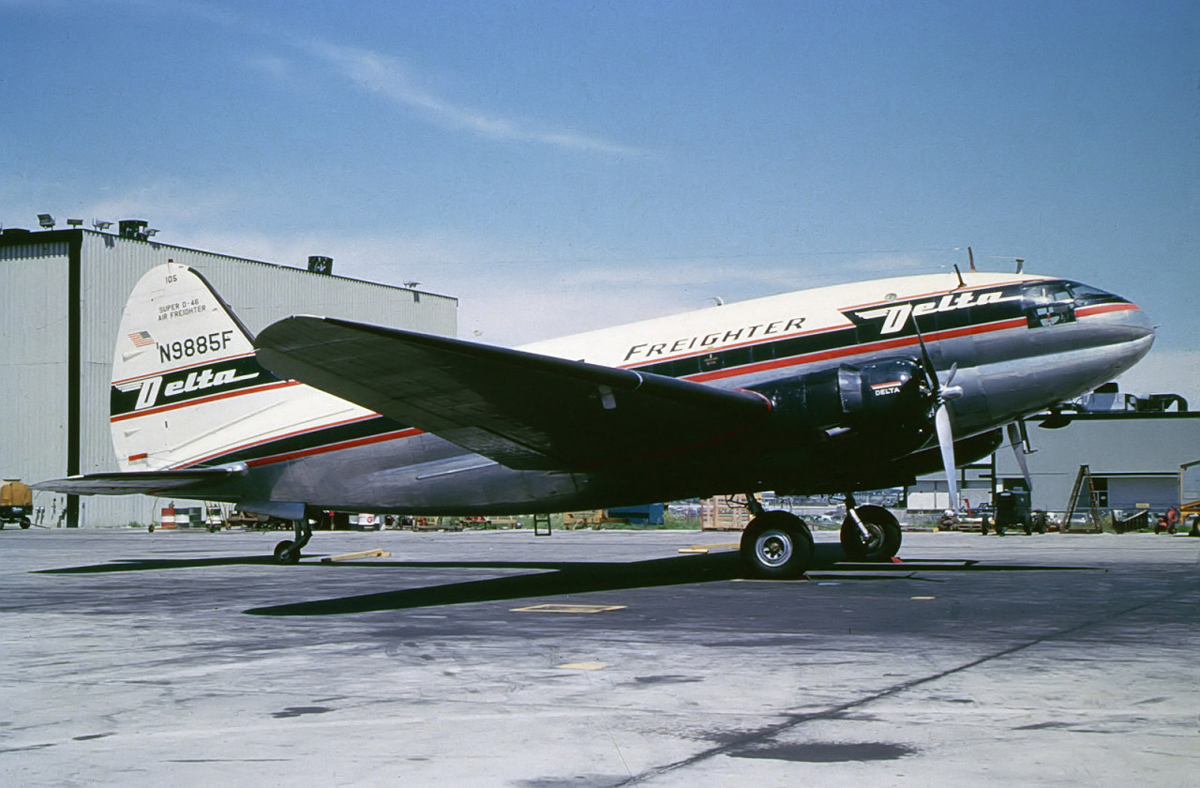Crash of a Piper PA-61 Aerostar (Ted Smith 601) in Houston: 1 killed
Date & Time:
Nov 2, 1988 at 0302 LT
Registration:
N60819
Survivors:
No
Schedule:
Baton Rouge – Conroe
MSN:
61-0759-8062149
YOM:
1980
Crew on board:
1
Crew fatalities:
Pax on board:
0
Pax fatalities:
Other fatalities:
Total fatalities:
1
Captain / Total hours on type:
190.00
Aircraft flight hours:
3202
Circumstances:
The aircraft collided with power lines and trees while on final approach. The reported weather immediately following the accident was an indefinite ceiling zero, sky obscured, and visibility 1/16 of a mile in fog. No preimpact failures or malfunctions of the aircraft were found. The pilot had diverted from his intended destination due to fog. The pilot, sole on board, was killed.
Probable cause:
Pilot's decision to fly the approach visually with outside reference to the lights and inadvertently descending below the decision height off the proper glide path.
Occurrence #1: in flight collision with object
Phase of operation: approach - faf/outer marker to threshold (ifr)
Findings
1. (f) weather condition - fog
2. (f) weather condition - obscuration
3. (c) in-flight planning/decision - poor - pilot in command
4. (c) decision height - below - pilot in command
5. (c) proper glidepath - not maintained - pilot in command
6. (f) object - wire, transmission
7. (f) object - tree(s)
Occurrence #1: in flight collision with object
Phase of operation: approach - faf/outer marker to threshold (ifr)
Findings
1. (f) weather condition - fog
2. (f) weather condition - obscuration
3. (c) in-flight planning/decision - poor - pilot in command
4. (c) decision height - below - pilot in command
5. (c) proper glidepath - not maintained - pilot in command
6. (f) object - wire, transmission
7. (f) object - tree(s)
Final Report:


